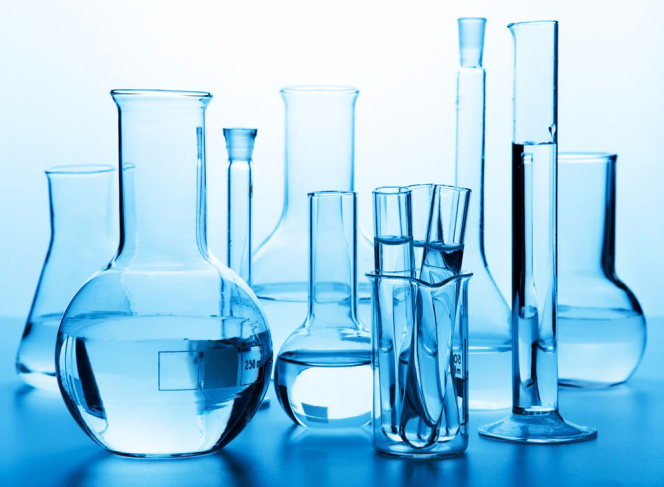First, high temperature burning bacteria. The sowing temperature was high, the culture material was too thick, the temperature of the material after fermentation did not decrease steadily, and the temperature in the culture material was higher than 30°C.
Prevention methods. The sowing period of the mushroom should avoid the high temperature period. The temperature of the sowing should be stable below 25°C. After sowing, the mycelium is found to be shrinking due to high temperature. It is necessary to re-turn the stack for ventilation, and then adjust the humidity of the culture material and re-seeding.
Second, the material has ammonia. When the heap was built, the amount of nitrogen fertilizer was too much, or the nitrogen fertilizer was added too late (it was only added when the latter was turned). After the bacteria seeds were sown, ammonia gas was present in the culture material.
Prevention methods. When chemical fertilizers such as urea are added to the culture materials, they must be added when the heap is built, and secondly, it is appropriate. Ammonia gas was found in the material, doors and windows were opened in time, and 2% formaldehyde solution was sprayed to turn over the material. After the ammonia smell was absent, the seeds were replanted.
Third, the culture material is too dry. When the planting material is dry, if the climate is dry, Cao will grow slowly after germination and become weak and weak.
Prevention methods. The material surface can be covered with a layer of wet straw (soaked in 0.5% lime water) to allow the hyphae to re-emerge and eat. Seeding is in dry weather. Close doors and windows 3 days after sowing. It is better to use layer broadcast and cover seeding.
Fourth, the material is too much water. Excessive water content in culture materials, high temperature after covering the soil, or heavy water spray at high temperatures, and no timely ventilation, so that mycelium due to lack of oxygen supply, decreased vitality and atrophy.
Prevention methods. Pay attention to the control of moisture when stacking materials, if the material is found to be too high when the pile is overturned, it should be spread out to dry and then re-stacking, the water content of the fermented good material is 60~65%. After the late spray heavy water caused by the shrinkage of seedlings, ventilation, hyphae can resume growth. The total thickness of the bed cover should not be less than 4 to 4.5 cm.
Fifth, poor quality strains. The bacteria species on the way to the seeds are heated, which reduces the vigor of the mycelium. The bacteria species cannot be used in time. The strains are aged and the growth potential becomes weak. After sowing, the adverse environment will cause the seedlings to shrink.
Prevention methods. Choose suitable culture materials to cultivate bacteria, strains should be thick and strong mycelium germination; when buying species to avoid the high temperature days; do not use old strains of seed.
Six, insect pests. The main pests are apes, which are difficult to see in the early stages and are mainly harmful to mycelia, causing the hyphae to break and shrink. They can bring pests into compost and overburden and cause serious damage.
Prevention methods. The production of earthworms is related to the cultivation materials, soil cover, and bacteria, so comprehensive prevention and control is required. Do a good job in the post-fermentation culture materials, cover soil to be insecticidal treatment, strains in the day before sowing with dichlorvos fumigation and so on. In addition, before the planting, the mushroom powder can be effectively used for prevention and cure. In the cultivation, the earthworms are found, and the pesticide is used for prevention and control.
Ibrutinib is a small molecule drug that binds permanently to a protein, Bruton's tyrosine kinase (BTK) that is important in B cells; the drug is used to treat B cell cancers like mantle cell lymphoma, chronic lymphocytic leukemia, and Waldenstrom's macroglobulinemia, a form of non-Hodgkin's lymphoma.
Ibrutinib is used to treat chronic lymphocytic leukemia, Waldenstrom's macroglobulinemia, and as a second-line treatment for mantle cell lymphoma, and marginal zone lymphoma.
We produce a series of complete intermediates for Ibrutinib, intermediate I (CAS No. 330786-24-8) and intermediate II (CAS No. 143900-44-1) etc.
All of our products are with stable production and strict quality control, making sure your experience with Sunshine Biotech is always enriching, satisfying and fulfilling.

Ibrutinib Intermediates,Cas 330786-24-8,Cas 143900-44-1,High Purity Ibrutinib Intermediates
Nanjing Sunshine Biotech Co., Ltd , http://www.sunshine-bio.com